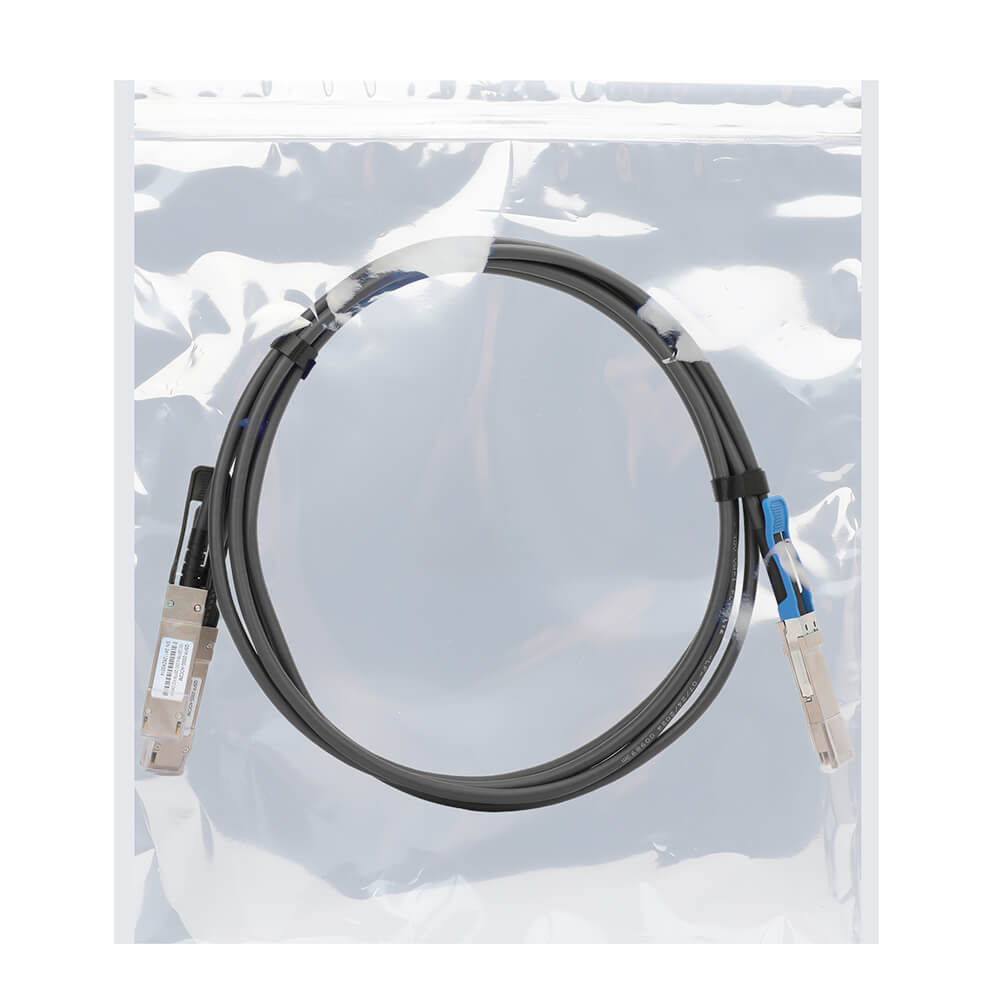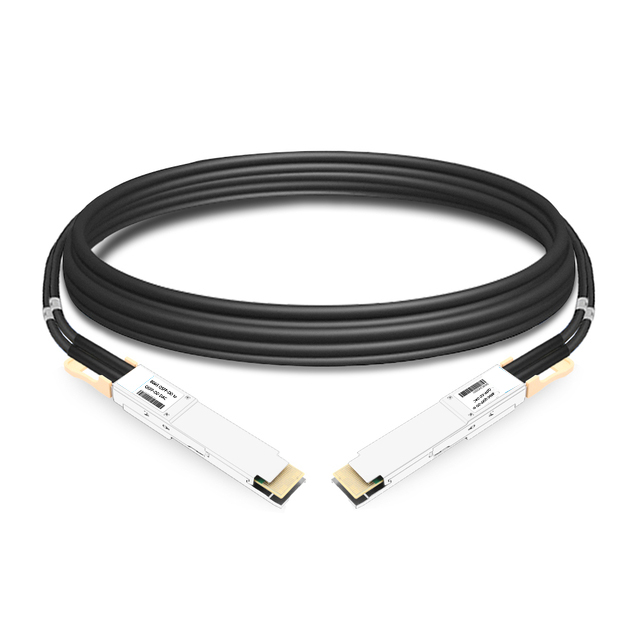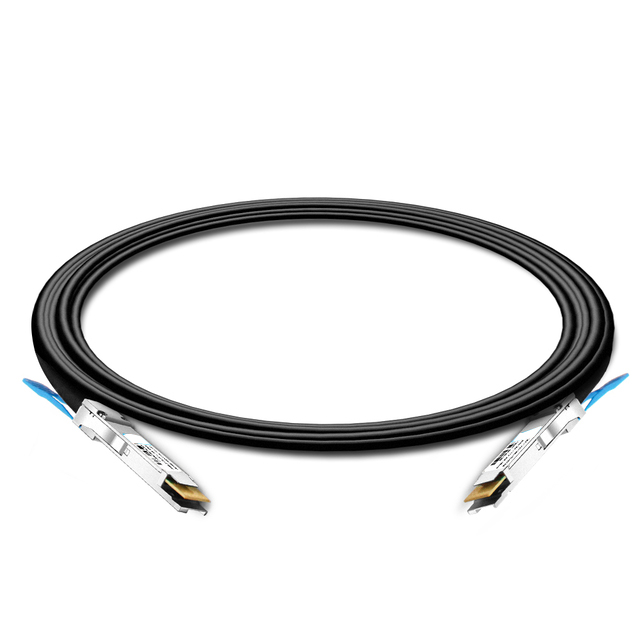What Are the Disadvantages of a DAC Cable?

In the world of data centers and high-speed networking, Direct Attach Copper (DAC) cables are a popular choice for short-range connectivity. Known for their affordability and simplicity, DAC cables bridge the gap between network switches, servers, and storage devices. However, like any technology, they come with limitations. In this article, we’ll explore the disadvantages of DAC cables, helping you decide whether they’re the right fit for your setup. We’ll also address practical considerations like DAC cable price comparisons and use cases for shorter lengths, including common deployments like 1-meter connections.
1. Limited Reach Compared to Fiber Optics
DAC cables are designed for short-distance connections, typically up to 7 meters (with some exceptions). While shorter lengths, such as 1-meter DAC cables, are ideal for connecting adjacent racks or devices in a data center, they’re unsuitable for longer distances. For example, connecting buildings or rooms separated by more than 10 meters requires fiber optic cables, which offer far greater reach without signal degradation.
2. Bulkiness and Inflexibility
Copper cables are thicker and heavier than their fiber counterparts. Shorter DAC cables (e.g., 1-meter lengths) may not pose significant issues, but longer variants (5–7m) can become unwieldy, complicating cable management in dense server environments. Their rigidity also makes them harder to route around tight corners, increasing the risk of damage or airflow blockage in racks.
3. Vendor Compatibility Issues
Many DAC cables are vendor-specific, meaning a cable designed for Cisco switches might not work with Juniper or Arista hardware. This lack of standardization forces users to purchase branded cables, often at a higher DAC cable price than generic alternatives. While third-party “compatible” DACs exist, they may void warranties or cause performance issues.
4. Susceptibility to Electromagnetic Interference (EMI)
Copper cables transmit electrical signals, making them vulnerable to EMI from power lines, motors, or other nearby equipment. In industrial settings or environments with heavy machinery, this interference can degrade signal quality, leading to data errors or downtime. Fiber optic cables, which use light signals, are immune to EMI and a better choice for noisy environments.
5. Limited Future-Proofing
As networks evolve to support higher speeds (e.g., 400G or 800G), DAC cables face obsolescence. While they work well for 10G, 25G, or 40G applications, upgrading to faster speeds often requires replacing DACs with active optical cables (AOCs) or fiber optics. This lack of future-proofing can increase long-term costs, offsetting the initial savings from a lower DAC cable price.
6. Hidden Costs of DAC Cable Price
While DACs are cheaper upfront than fiber optics, their limitations can lead to hidden expenses. For instance:
Replacing non-standard DACs during hardware upgrades.
Investing in cable management solutions for bulky setups.
Downtime costs due to EMI-related issues.
Always factor in total cost of ownership, not just the initial purchase price.
Alternatives to DAC Cables
If DAC limitations are a dealbreaker, consider these alternatives:
Active Optical Cables (AOCs): Lightweight, EMI-resistant, and support longer distances (up to 100m).
Fiber Optic Cables: Ideal for high-speed, long-distance, and future-proof networks.
Twisted Pair Copper (Cat6/7): A budget-friendly option for shorter runs outside data centers.
Conclusion: When Should You Use a DAC Cable?
DAC cables excel in cost-sensitive, short-range applications like connecting servers within a rack or linking switches in a compact data center. Shorter lengths, such as 1-meter DAC cables, are practical, plug-and-play solutions for these scenarios. However, for growing networks, noisy environments, or future scalability, investing in fiber optics may save time and money in the long run.
By understanding the disadvantages of DAC cables, you can make informed decisions that balance performance, budget, and scalability.
FAQ
Q: Are shorter DAC cables reliable for home labs?
A: Yes! For connections between devices in close proximity, shorter DAC cables (like 1-meter options) are affordable and efficient.
Q: How does DAC cable price compare to fiber optics?
A: DACs are 30–50% cheaper than fiber solutions for short distances but lack long-range capabilities.
Q: Can DACs support 100G speeds?
A: Yes, but typically only up to 5–7 meters. For longer 100G runs, fiber is recommended.
Q: Are DAC cables hot-swappable?
A: No—always power down devices before connecting/disconnecting to avoid damage.
By addressing these drawbacks and alternatives, you can optimize your network for reliability and cost-efficiency. Whether you’re evaluating the DAC cable price for enterprise use or considering shorter connections in compact setups, weighing these factors ensures smarter investments in your infrastructure.





